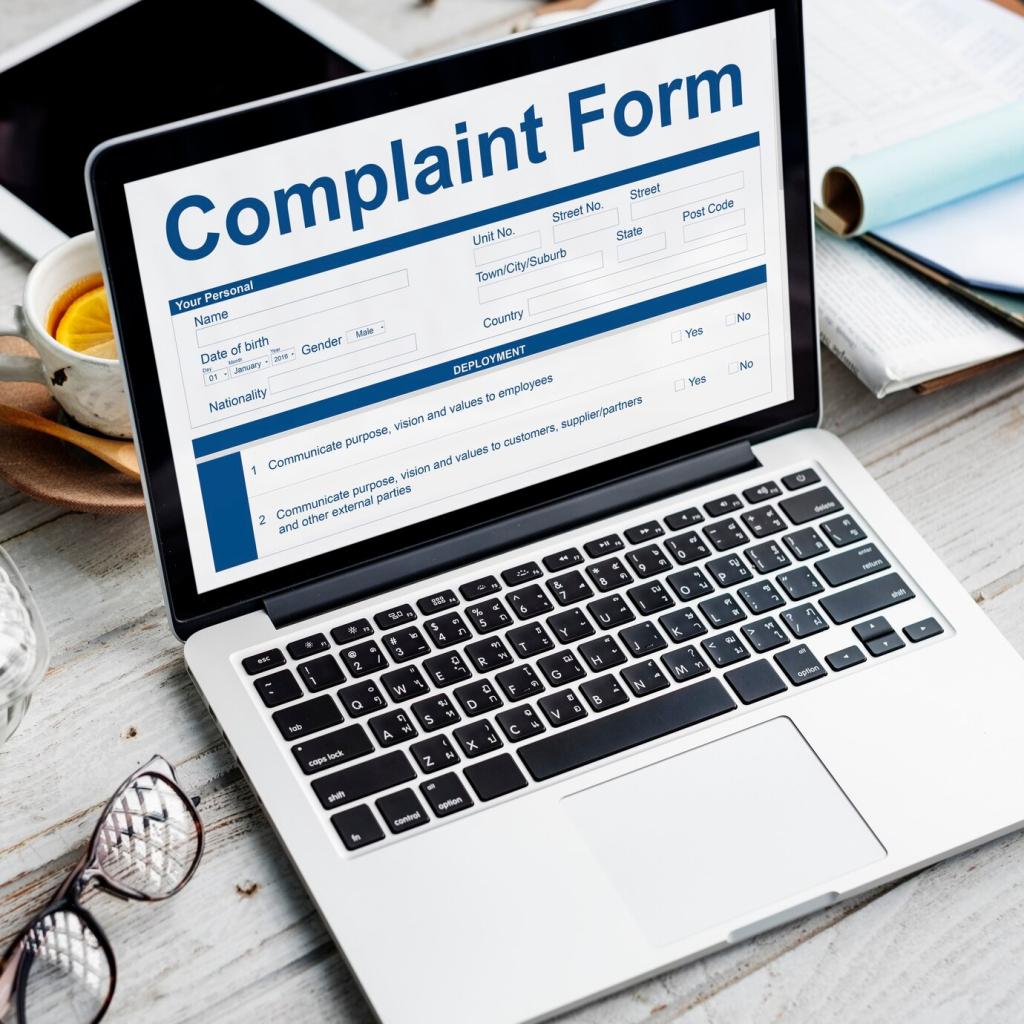Make Content Understandable
Use everyday words, short sentences, and informative headings. Avoid jargon and explain any unavoidable terms. Provide summaries at the top of long pages and use descriptive link text. Clear content lowers abandonment and supports users with cognitive and learning differences.
Make Content Understandable
Every input needs a programmatic label and helpful instructions before submission. Validate inline, explain errors near fields, and preserve user input. A small business we coached reduced failed signups by 32% after rewriting errors and exposing optional vs required clearly.







